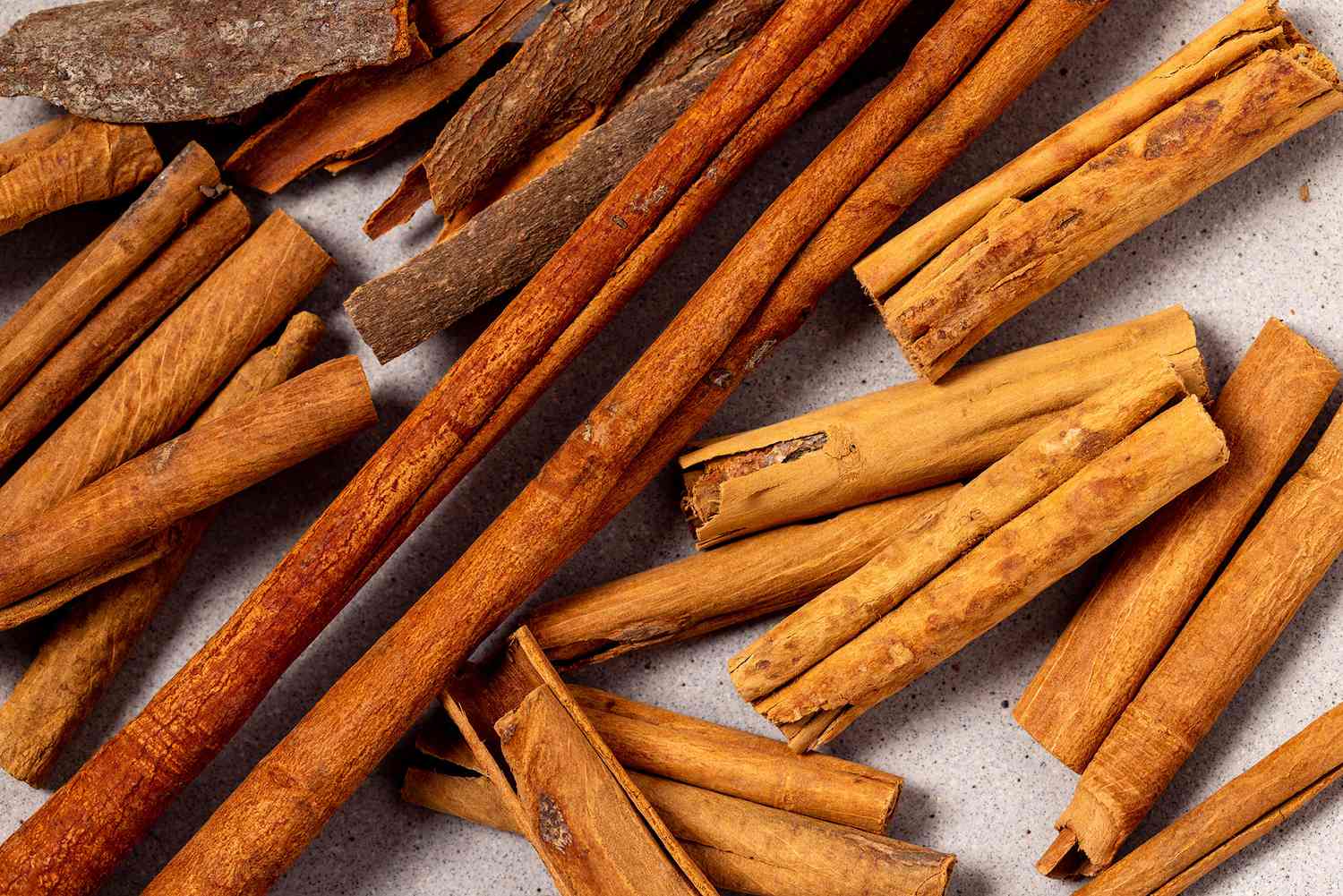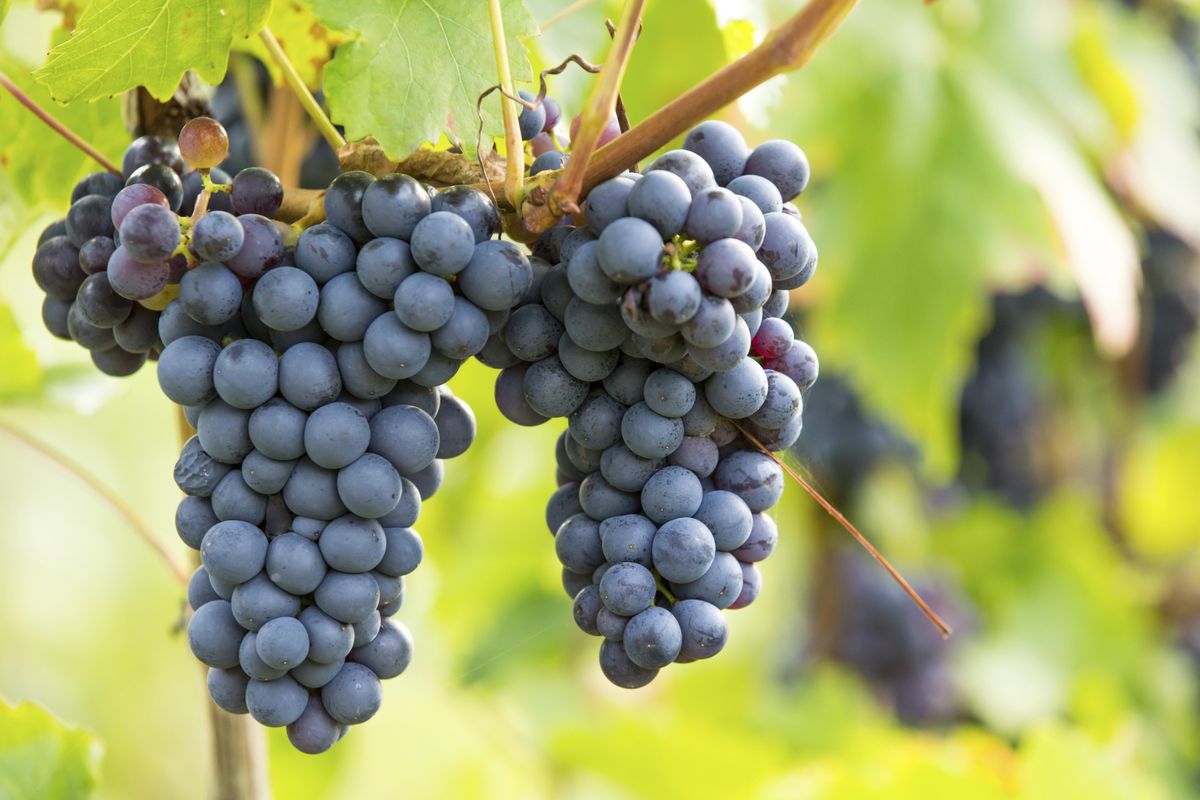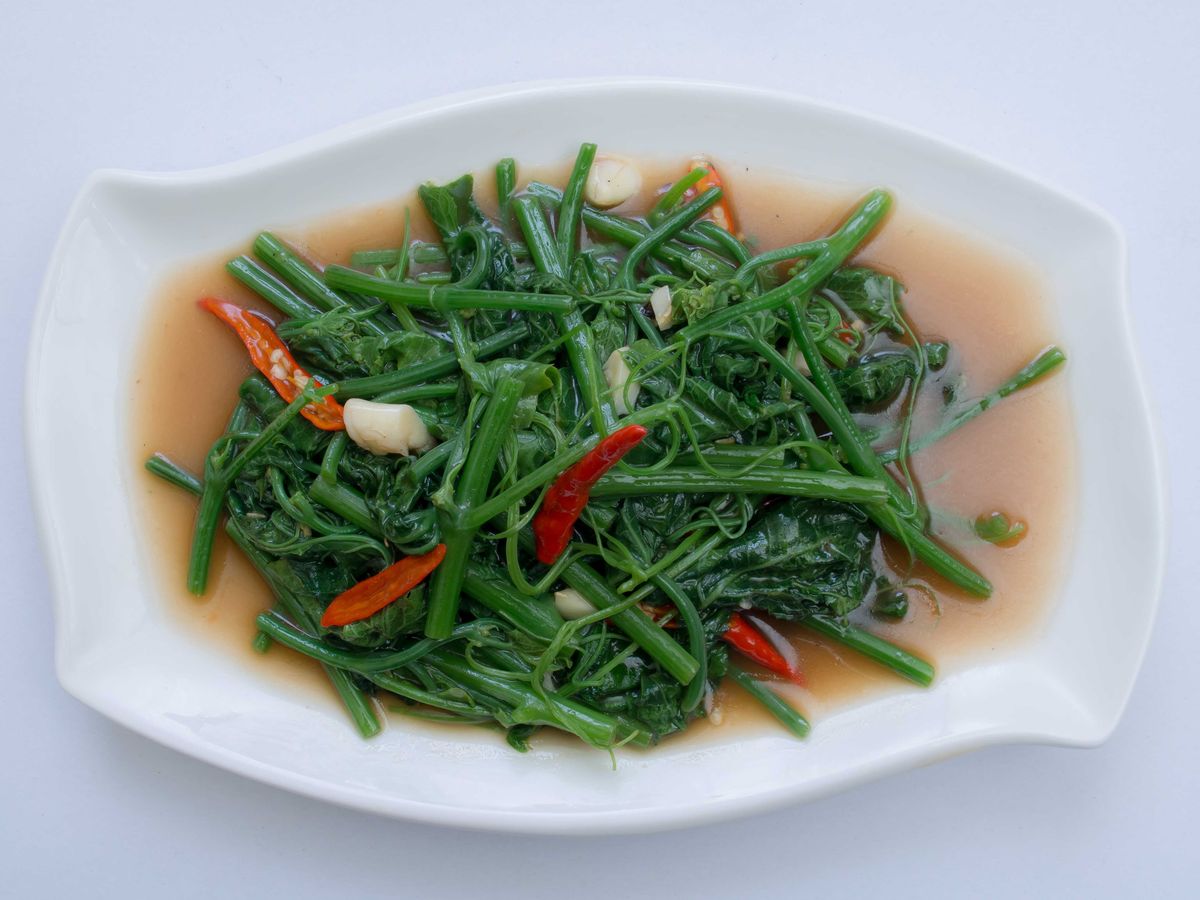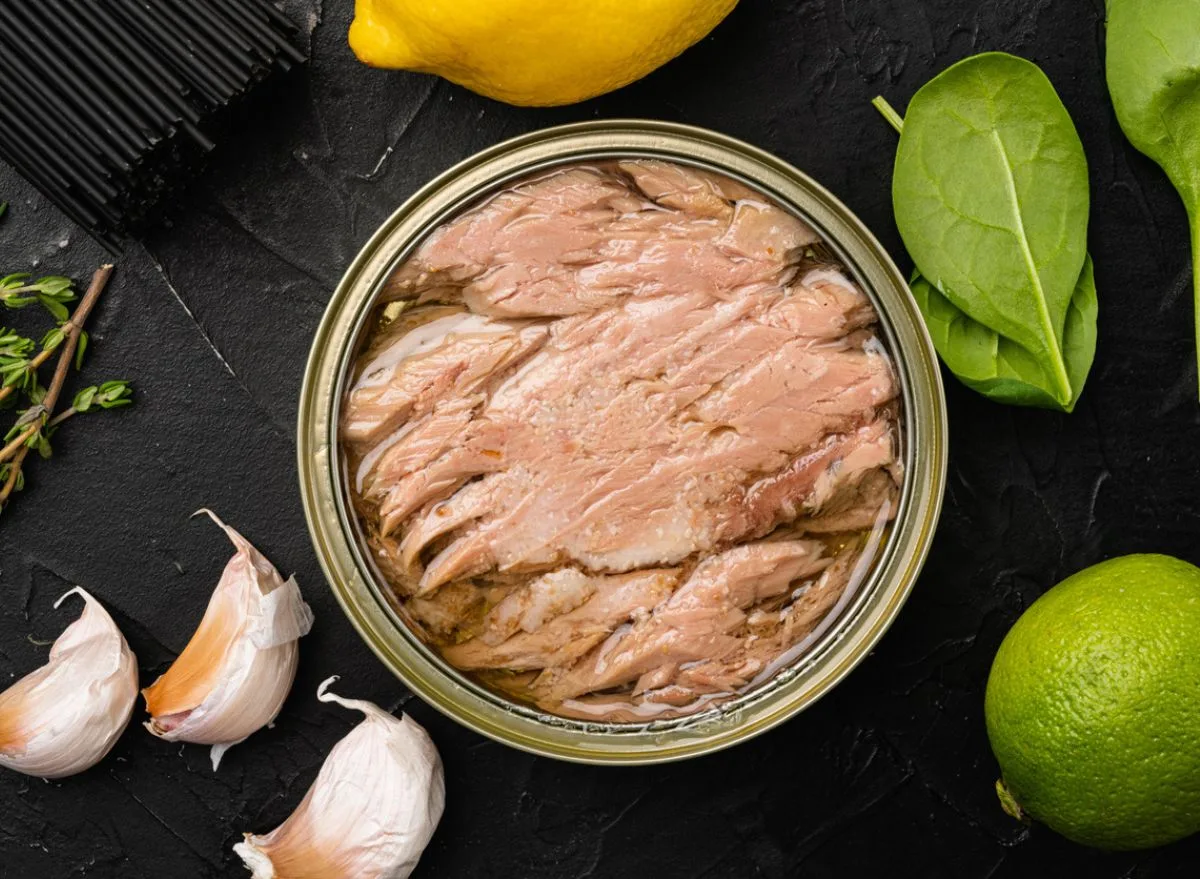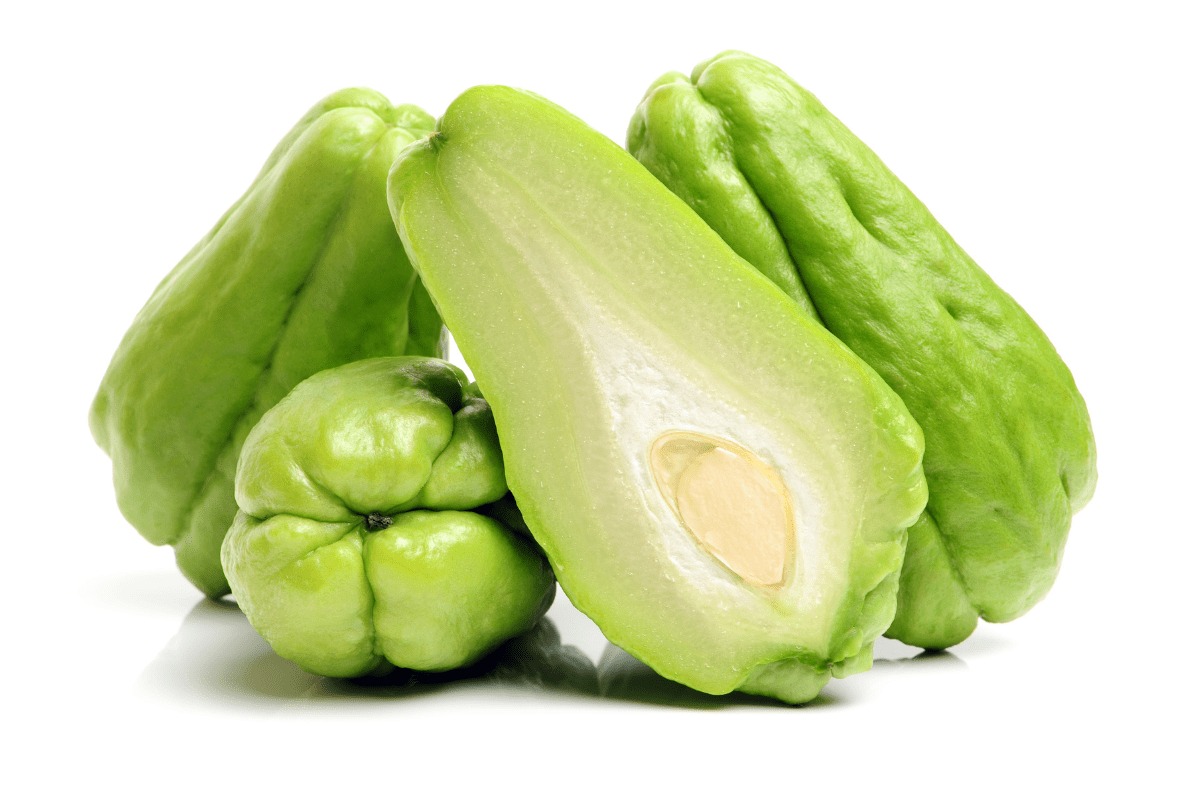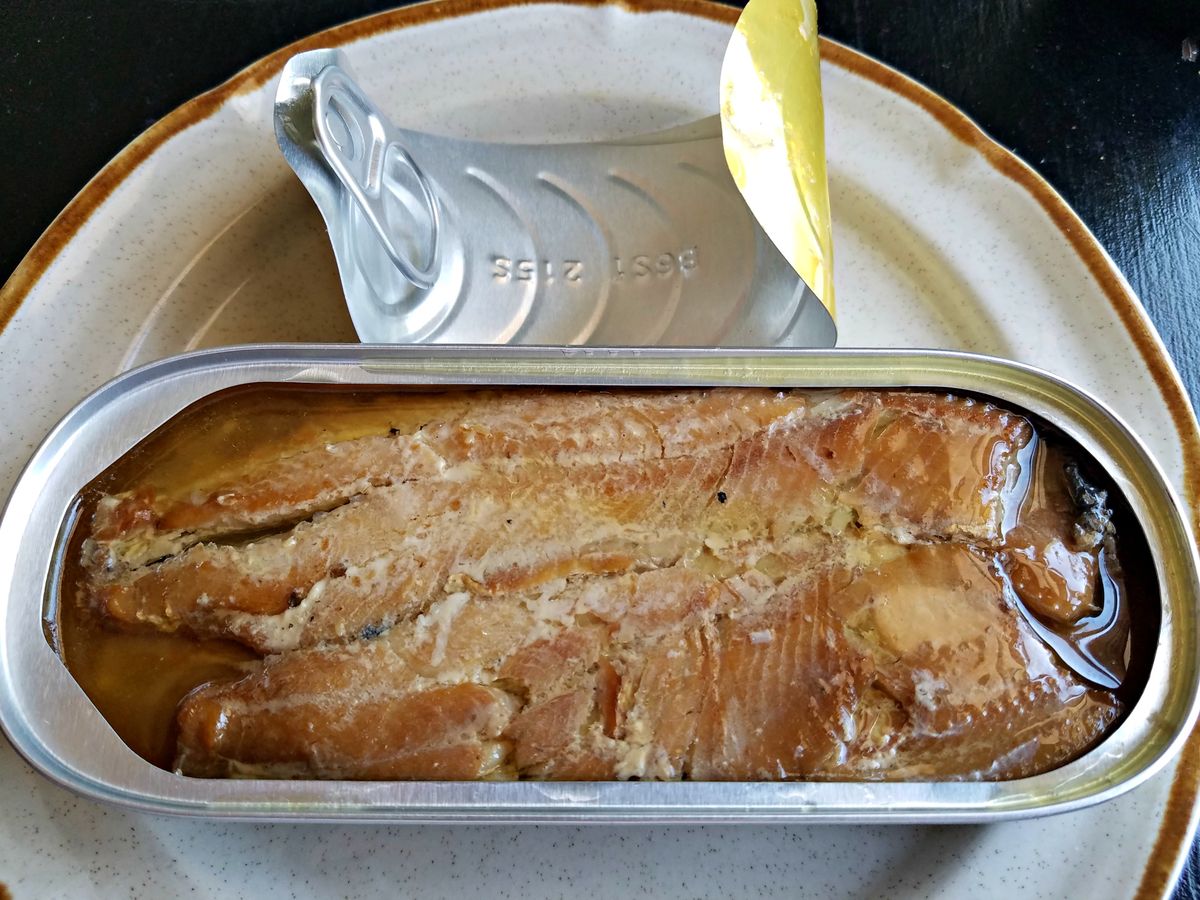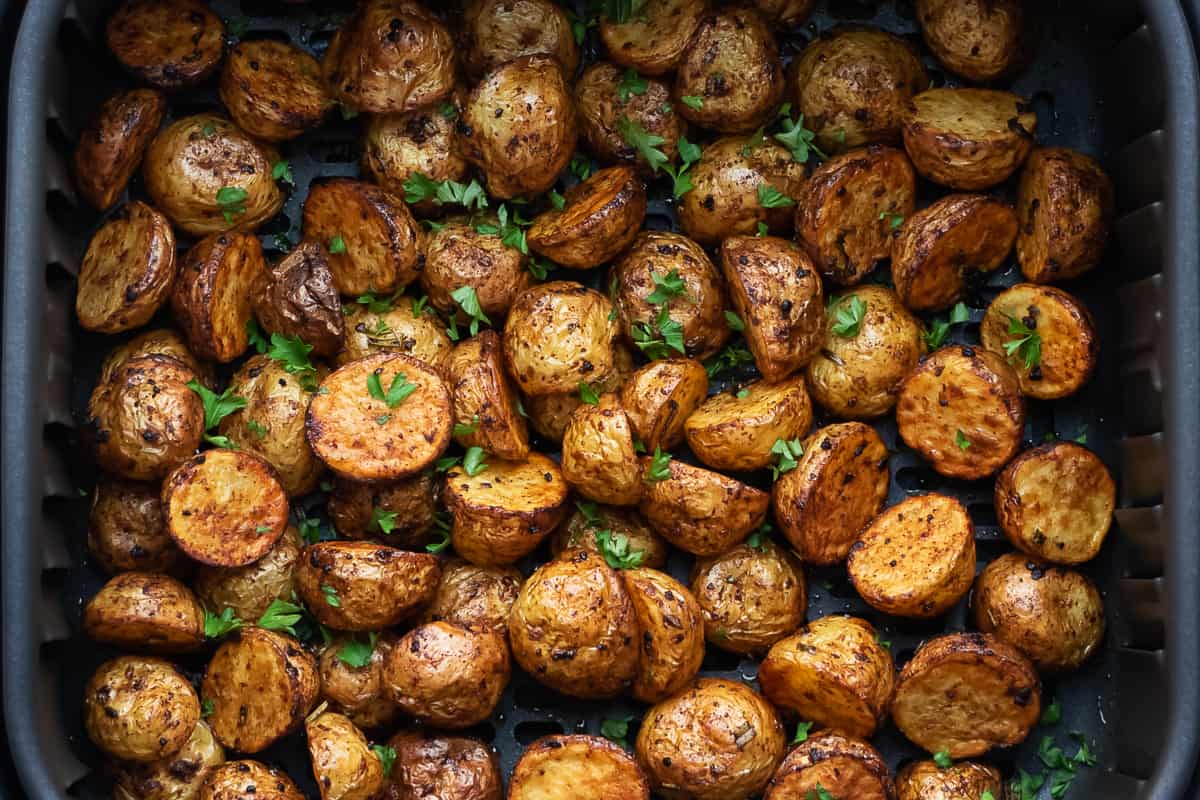Exploring the Tradition of Betel Chewing in Myanmar
When visiting Myanmar, one cannot help but notice the prevalence of betel chewing among the locals. This traditional practice, which involves chewing a mixture of betel leaf, areca nut, and slaked lime, is deeply ingrained in the culture of Myanmar. If you’re curious about trying this unique custom, here’s a guide on how to eat betel in Myanmar.
Understanding the Ingredients
Before diving into the process of betel chewing, it’s essential to understand the key ingredients involved:
- Betel Leaf: The betel leaf, known as “lephat” in Burmese, is a heart-shaped leaf that serves as the base for betel chewing.
- Areca Nut: Also referred to as “kun” in Myanmar, the areca nut is the seed of the areca palm and is an integral component of the betel quid.
- Slaked Lime: Known as “cun” in Burmese, slaked lime is used to enhance the stimulating effects of betel chewing.
Preparing the Betel Quid
Once you have the necessary ingredients, it’s time to prepare the betel quid. Follow these steps to create your own betel quid:
- Start by placing a small amount of slaked lime on a betel leaf.
- Add a piece of areca nut to the betel leaf.
- Wrap the betel leaf around the areca nut and slaked lime to form a small package.
Chewing Betel
Now that you have your betel quid ready, it’s time to chew it. Here’s how to go about it:
- Place the betel quid in your mouth and chew it slowly.
- As you chew, the mixture will release a red juice, which is a common sight among betel chewers in Myanmar.
- Continue chewing the betel quid for a few minutes to experience its stimulating effects.
Etiquette and Cultural Considerations
While betel chewing is a common practice in Myanmar, it’s essential to be mindful of the cultural norms and etiquette associated with it. Here are a few things to keep in mind:
- It’s customary to offer betel quids to guests as a sign of hospitality.
- Spitting the red juice from betel chewing is a common sight, so be mindful of where you dispose of it.
- Engage with locals and learn about their betel chewing traditions, as it can provide valuable insights into the culture of Myanmar.
Final Thoughts
Partaking in the tradition of betel chewing can offer a unique glimpse into the cultural tapestry of Myanmar. By understanding the ingredients, preparing the betel quid, and respecting the local customs, you can engage in this age-old practice with a sense of appreciation and respect. So, if you find yourself in Myanmar, consider giving betel chewing a try and immerse yourself in the rich traditions of this captivating country.
